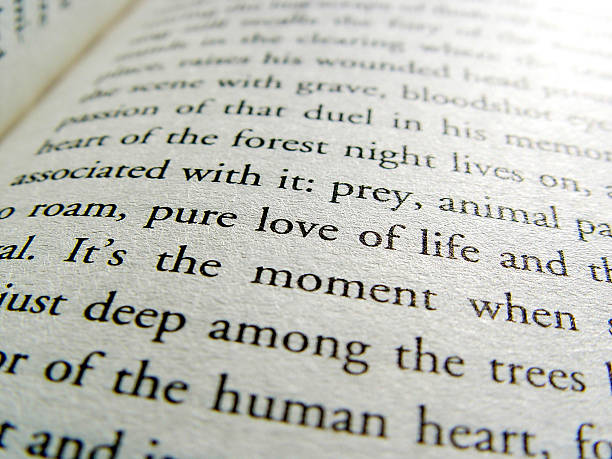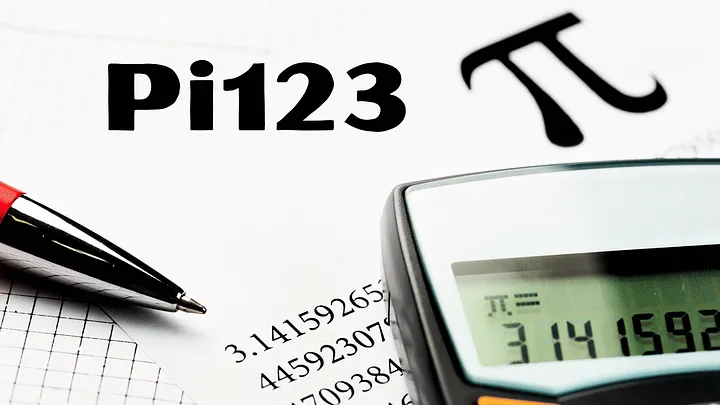Text Features are sections of a text that do not necessarily occur in the main body of the text. what are text features? A frequently employed in nonfiction publications, such as social studies or science-related topics, to assist readers in finding precise details within the text.
The index, table of contents, captions under illustrations or diagrams, glossary terms, labels or characteristics of graphs and charts, and bolded words are the most prevalent nonfiction text features.
Each text feature serves a specific purpose, but the ultimate goal of all features is to provide easy access to nonfictional information.
What do text features mean?
What is a nonfiction text? When individuals talk about it, they’re usually referring to nonfiction text features. Fiction novels, on the other hand, have text features as well. When students are learning about books, it is critical to teach both. Other than the primary story, these are the various aspects of a nonfiction or fiction text.
They assist the reader in comprehending the story. Captions, indexes, and glossaries are examples of nonfiction text features. Pictures, titles, and chapter headings are all examples of fiction elements. Continue reading to learn more about both fiction and nonfiction text features.
What are the nonfiction text features?
Nonfiction writings use a variety of text elements of nonfiction to aid the reader’s comprehension of the story. We’ve put together a list of text features and how they help with comprehension.
- The title of the book tells us what it will be about.
- The table of contents notifies us about the different sections we’ll be studying about and what page each section begins on Glossary – describes words that may be difficult to understand in the book.
- Words in bold are those that are defined in the glossary or are important.
- Captions are short sentences that describe a picture.
- Diagrams are images with labels that describe the image.
- Labels are a word or set of words that are used to explain a picture or a section of a picture.
- Headings are used to showing you when a new section starts and what it’s about.
- The index indicates where in the book particular words can be found.
What is the difference between fiction vs nonfiction?
Fiction is literature that is dependent on the author’s ideas. Investigations, science fiction, romanticism, fantasy, chick-lit, and police thrillers are among the fiction categories. Harper Lee’s To Kill a Mockingbird, Charles Dickens’ A Tale of Two Cities, George Orwell’s 1984, and Jane Austen’s Pride and Prejudice are examples of classic fiction.
Writing that is focused on reality occurrences is referred to as “nonfiction.” It is the broadest literary category. Biographies, business, food, health and fitness, pets, crafts, interior decorating, languages, travel, home renovation, religion, art and music, history, self-help, true crime, science, and humour are just a few of the topics covered in the Nonfiction Department.
Conclusion
Although it might be difficult to distinguish between fiction and nonfiction, especially in the hands of a competent author, keep this in mind: if it reports the truth, it is nonfiction. It’s fiction if it deviates from the truth.
Also Read: Giggle Finance: All you need to know about


